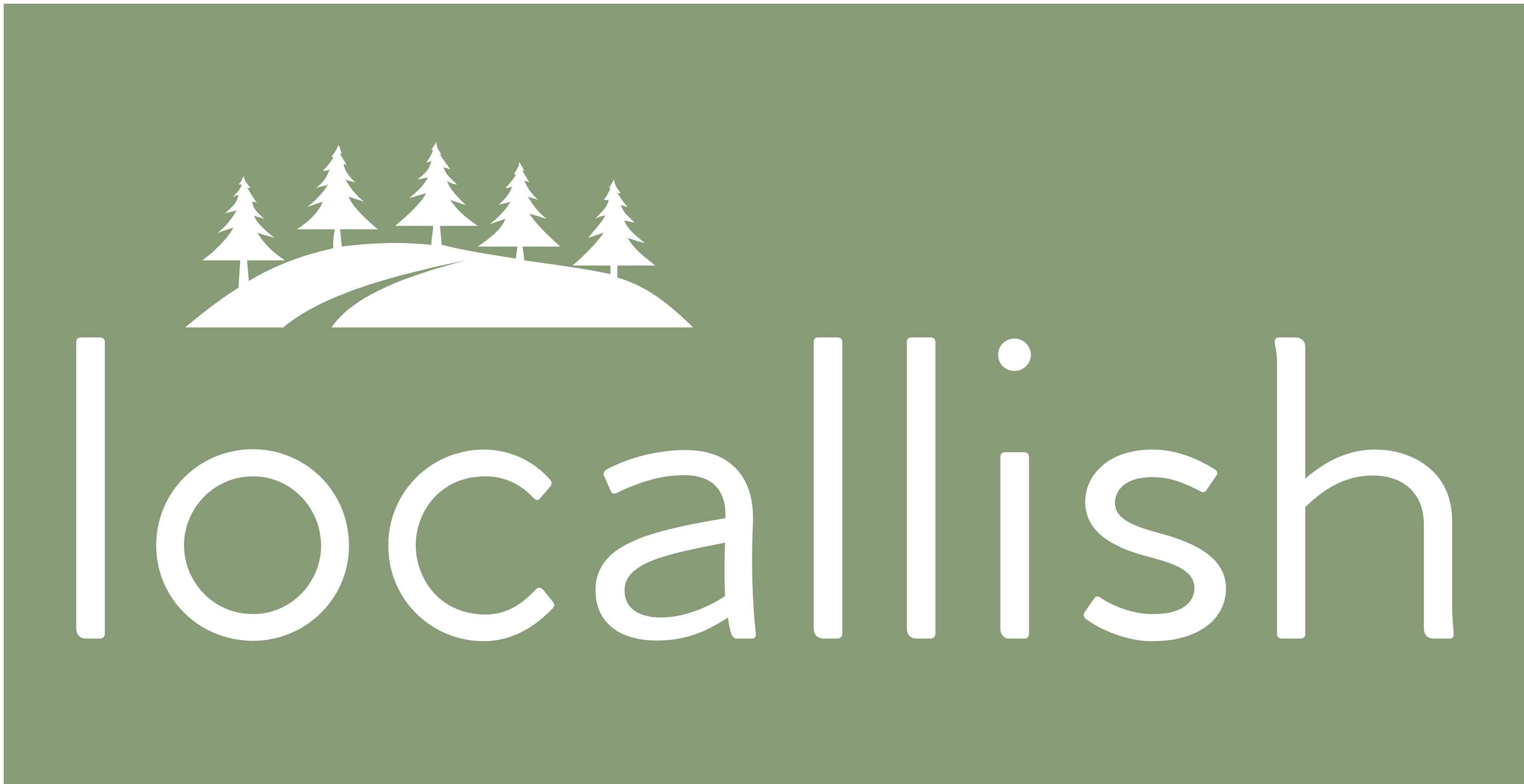 One of the permaculture principles is to “turn problems into solutions.” The idea behind this principle is that the problem often contains the kernel of its own solution. Rather than battling problems with the first blunt instrument that comes around, we should listen carefully to what the problem is telling us. On this point, an oft-quoted comment by one of permaculture’s developers, Bill Mollison, is that “You don’t have a snail problem… you have a duck deficiency.” (If anyone is wondering what the relation between snails and ducks is, I strongly recommend the wonderful documentary The Biggest Little Farm about Apricot Lane Farms in California, which illustrates the relation on a large scale.)
One of the permaculture principles is to “turn problems into solutions.” The idea behind this principle is that the problem often contains the kernel of its own solution. Rather than battling problems with the first blunt instrument that comes around, we should listen carefully to what the problem is telling us. On this point, an oft-quoted comment by one of permaculture’s developers, Bill Mollison, is that “You don’t have a snail problem… you have a duck deficiency.” (If anyone is wondering what the relation between snails and ducks is, I strongly recommend the wonderful documentary The Biggest Little Farm about Apricot Lane Farms in California, which illustrates the relation on a large scale.)
I had to think of this principle last week when I discovered beet leaf miner damage to my Swiss chard. The “miners” are the larvae of the Pegomya fly, which “mine between upper and lower leaf surfaces,” leaving tunnels or entirely transparent patches. When I held an affected leaf up to the light, I could clearly see the larvae. The Pegomya fly lays its tiny white eggs on the underside of leaves, like rows of neatly parked, microscopic cars. I am now inspecting leaves daily, and have been able to wipe off several more egg deposits before the larvae could hatch.

Reframing the problem, it was immediately clear that I do not have a beet leaf miner problem… I have a parasitic wasp deficiency. As Jessica Walliser explains, “The primary predator of leafminer larvae are parasitic wasps. Since this pest is between the leaf tissue, most predatory insects can’t get to it. But, parasitic wasps can easily lay their eggs inside the leafminer while it’s still between the leaves.” Parasitic wasps are attracted to “umbelliferous flowers,” such as dill flowers or sweet alyssum. The name “umbel,” writes Mark Macdonald, refers to the shape of the flower, with “scores of tiny flowers arranged on a more or less flat or umbrella-shaped plane.”

Interestingly, I had planted some sweet alyssum in another bed, near some brassicas, and I seeded some dill, but much too late. This year was an excellent illustration that, in the future, I either need to add a row cover to my Swiss chard as soon as I transplant the seedlings, or make sure that I add enough umbelliferous companion plants right away. To quote another permaculture principle: “mistakes are tools for learning”!
